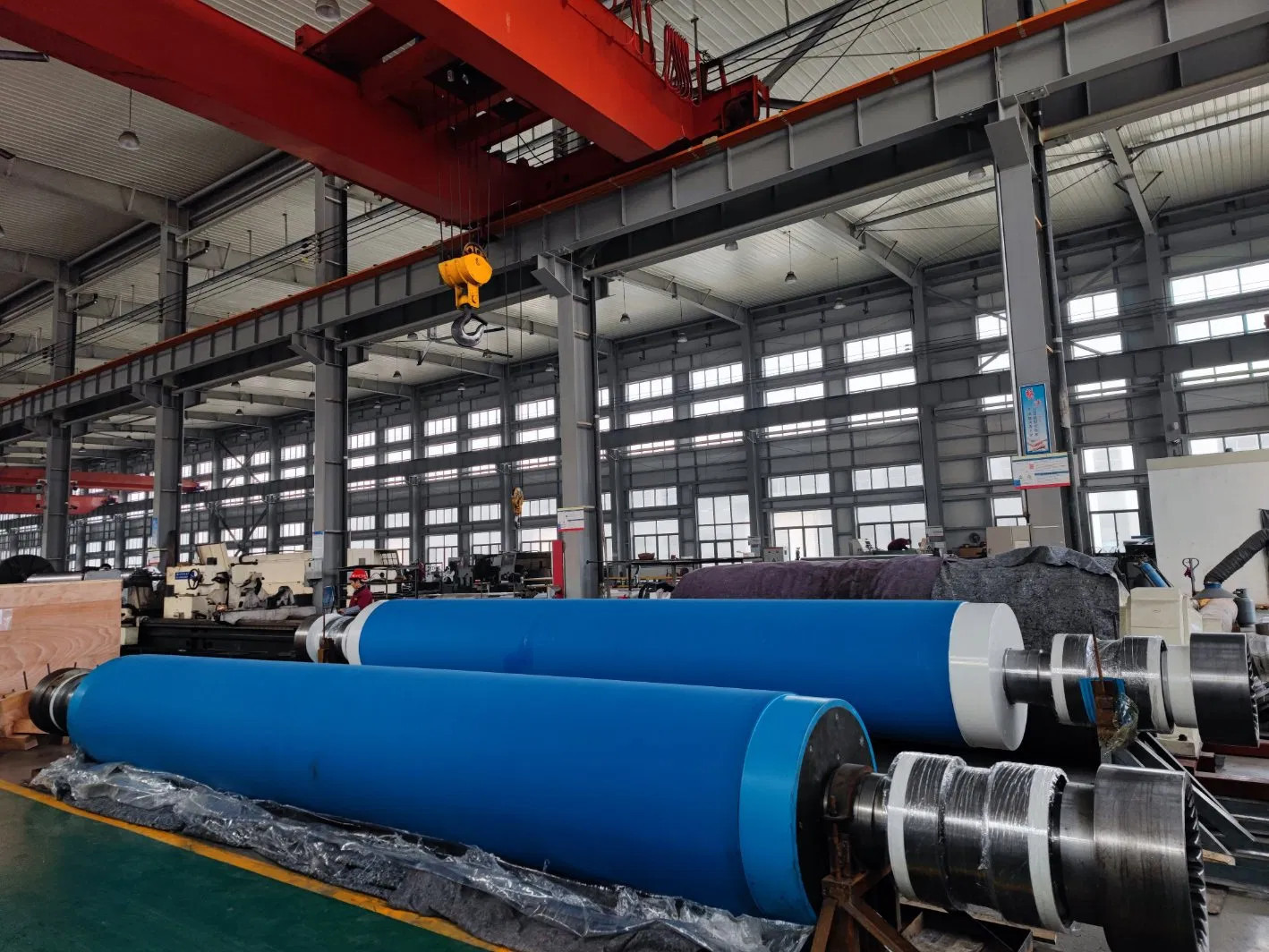The Hidden Importance of Roll Maintenance
Did you know that roll maintenance can significantly impact your machinery's performance and lifespan? It's true! Properly maintaining your rolls can lead to reduced downtime, increased productivity, and overall cost savings. So, how can you optimize your roll maintenance schedules for maximum benefits? Let's explore.
Understanding the Basics of Roll Maintenance
Before diving into the specifics of maintenance schedules, it's crucial to understand the basics of roll maintenance. This includes regular inspections, cleaning, and lubrication. By staying on top of these tasks, you'll be able to identify potential issues before they become major problems, ultimately saving you time and money in the long run.
Identifying Key Factors in Maintenance Schedules
Now that we've covered the basics, let's discuss the key factors that should influence your roll maintenance schedules. These factors may vary depending on your equipment and industry, but generally include:
Tailoring Your Maintenance Schedule
To create an effective roll maintenance schedule, consider the following steps:
Step 1: Consult Equipment Manufacturers
Your equipment manufacturers are a valuable resource when it comes to determining appropriate maintenance intervals. They have in-depth knowledge of their products and can provide recommendations based on factors such as roll type and material.
Step 2: Evaluate Operating Conditions
Operating conditions play a significant role in the wear and tear of your rolls. For example, extreme temperatures or heavy loads may require more frequent maintenance. Assess your unique operating environment and adjust your maintenance schedule accordingly.
Step 3: Monitor Equipment Performance
Regularly monitoring your equipment's performance can help you identify trends and spot potential issues early on. This might involve tracking metrics such as energy consumption, output quality, or roll wear patterns.
Step 4: Review and Adjust Your Schedule
As your equipment ages and operating conditions change, it's essential to review and adjust your maintenance schedule. This will ensure that your rolls continue to perform optimally and that you're not wasting resources on unnecessary maintenance tasks.
The Benefits of Optimized Roll Maintenance Schedules
By implementing an optimized roll maintenance schedule, you can expect numerous benefits, including:
- Improved equipment performance
- Reduced downtime and maintenance costs
- Increased roll longevity
- Enhanced safety and product quality
In Conclusion: Don't Overlook the Power of Roll Maintenance
In my experience, roll maintenance is often overlooked as a key factor in overall equipment performance. By taking the time to develop and implement an optimized maintenance schedule, you'll be well on your way to enjoying the numerous benefits that come with well-maintained rolls. So, what are you waiting for? Start optimizing your roll maintenance schedules today!



